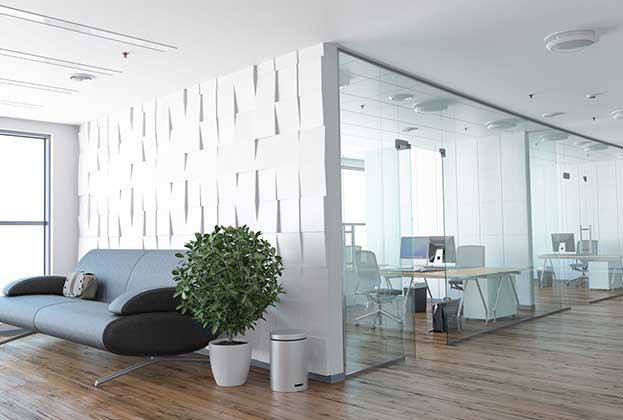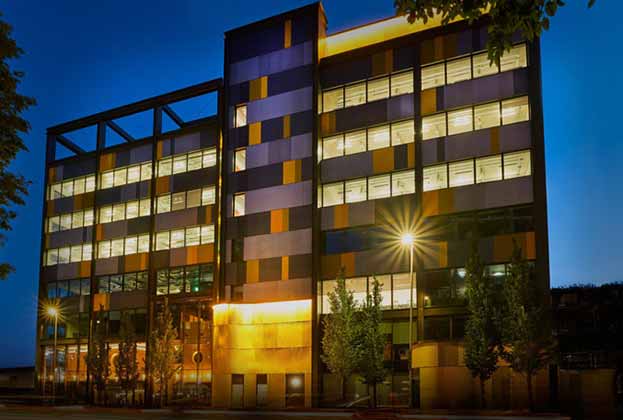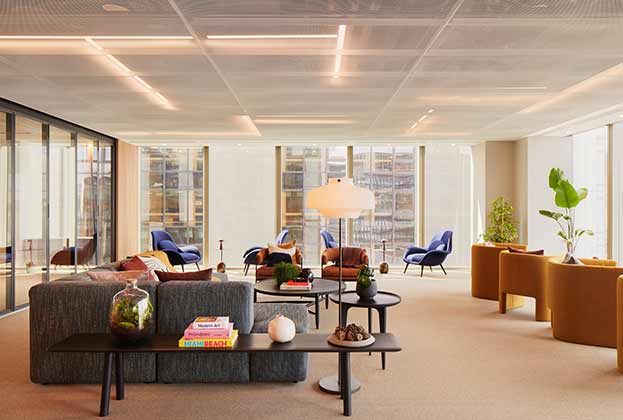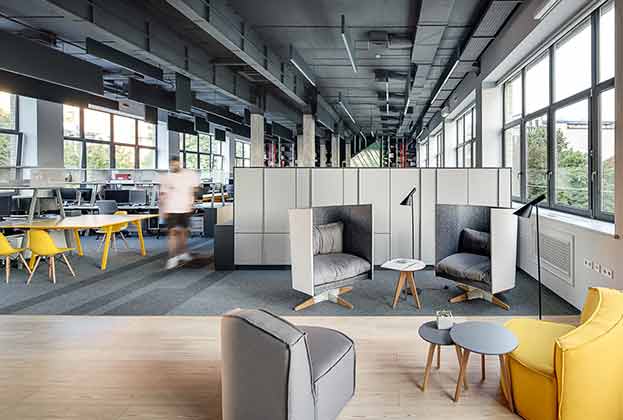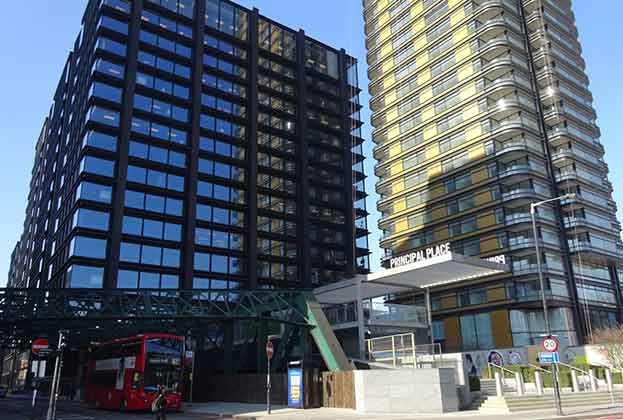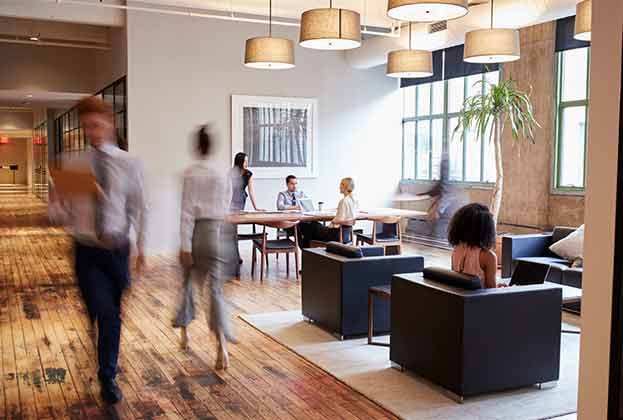Landlord and occupier sentiment remains positive towards the flex office sector, with workplace experience and engagement as the key to encouraging workers back to the workplace. But what are the longer-term trends we anticipate will impact flexible offices?
Reimagining Retail: What place do flexible offices have next to retail? By Tom Whittington, Director, Savills Research
Historically, flexible offices have tended to be found in large corporate buildings in CBDs, but is that still the case? New working patterns and increased localism might be changing that, with increasing demand from flex-space providers taking retail spaces and with 150 million sq ft of retail space vacant nationally, the opportunities are growing too. Why is there such an opportunity for co-working to help reinvigorate our high street?
Long-term structural change in retail has resulted in many retail units nationwide becoming redundant or marginalised due to a general declining need for retail space or a pitch shift. The vast amount of empty space on our high streets presents an opportunity for repurposing to new uses, with co-working considered as one of the prime contenders for reinvigorating this space.

Office space
Covid-19 has been a catalyst for accelerating and aligning several consumer trends in both retail and workplaces that make bringing these once disparate uses together an attractive proposition; blended home, working and social lives, demand for access to convenient goods and services, a desire for a greater sense of place and community and the need for social integration, but with less travel. This means we need a greater mix of uses in local town centres and high streets at every level, with employment space a key economic driver.
Local authorities love it because it re-energises the high street, landlords love it because they can lease challenged areas, and adjacent tenants love it because they can benefit from cross-pollination of daytime activity.
An increasing number of shopping centres and ex-department stores have already brought flexible workspaces under their roofs, from Southampton to Stockport to Sunderland, demonstrating this isn’t solely a prime or top regional market proposition. Retailers with larger stores are turning to flexible offices as a complementary use within their buildings, including John Lewis domestically, while overseas Staples has created its Workbar brand in the US, and Carrefour’s Urban Life supermarkets are offering shared workspaces in Milan.
However, smaller units may be fit for co-working spaces too, and we regularly speak with operators looking at units as small as 5,000 sq ft, that seek to capitalise on the increasingly available space retail. In the UK, 22.7 million sq ft of retail space is currently vacant in units larger than 5,000 sq ft and over 150 towns across the UK have at least 50,000 sq ft of such space, which provides some indication of the opportunity nationwide. However, this doesn’t mean the route to conversion is always straightforward, and any repurposing proposition can be cost-prohibitive if units are a challenge to retrofit or redevelop.
We expect flexible offices to provide an increasingly important solution for supporting retail spaces. It looks evident that when different property uses merge they can increase footfall, engagement and vitality, while enhancing the resilience of those locations.
Read the articles within Spotlight: UK Flex Office Perspectives below.
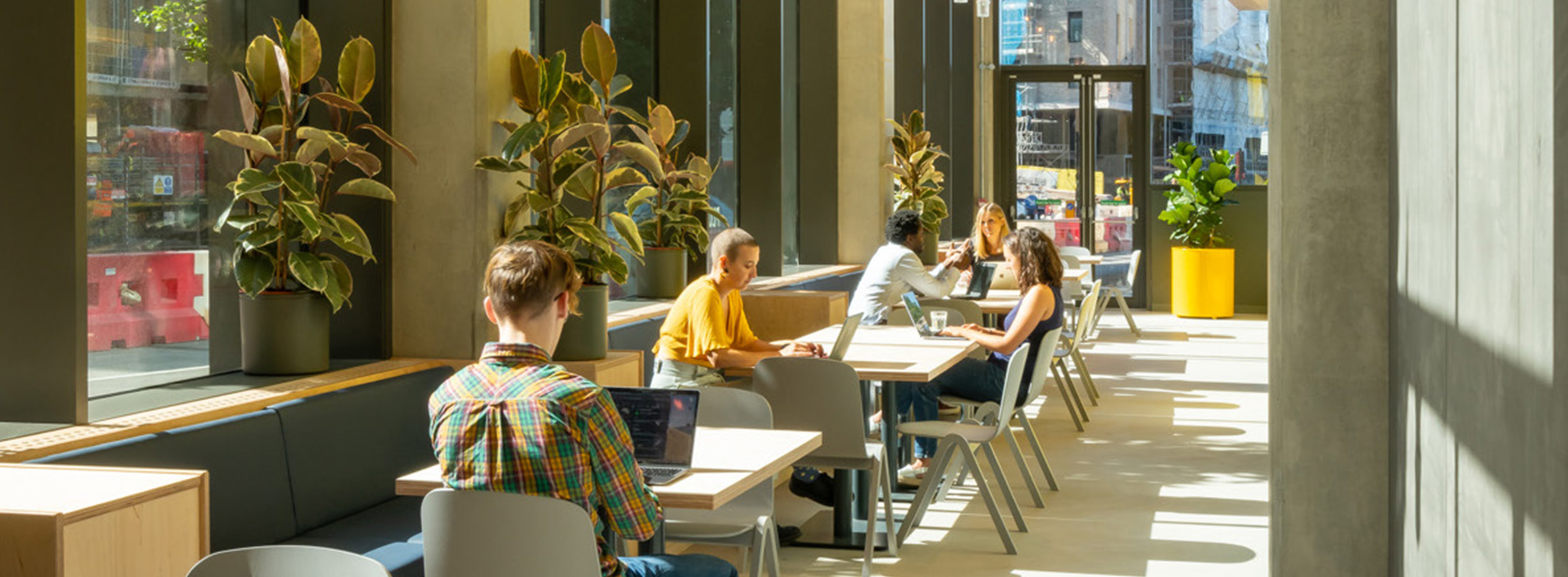
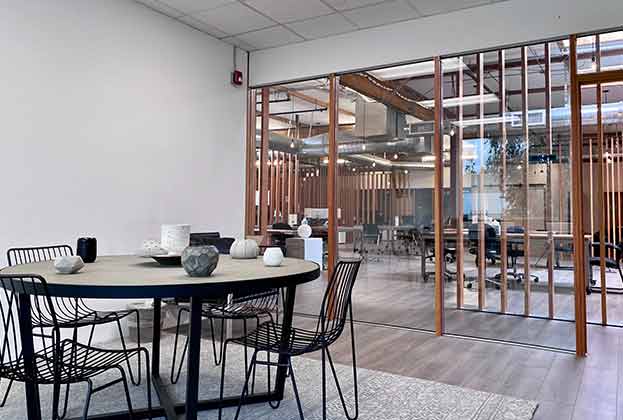
.jpg)
